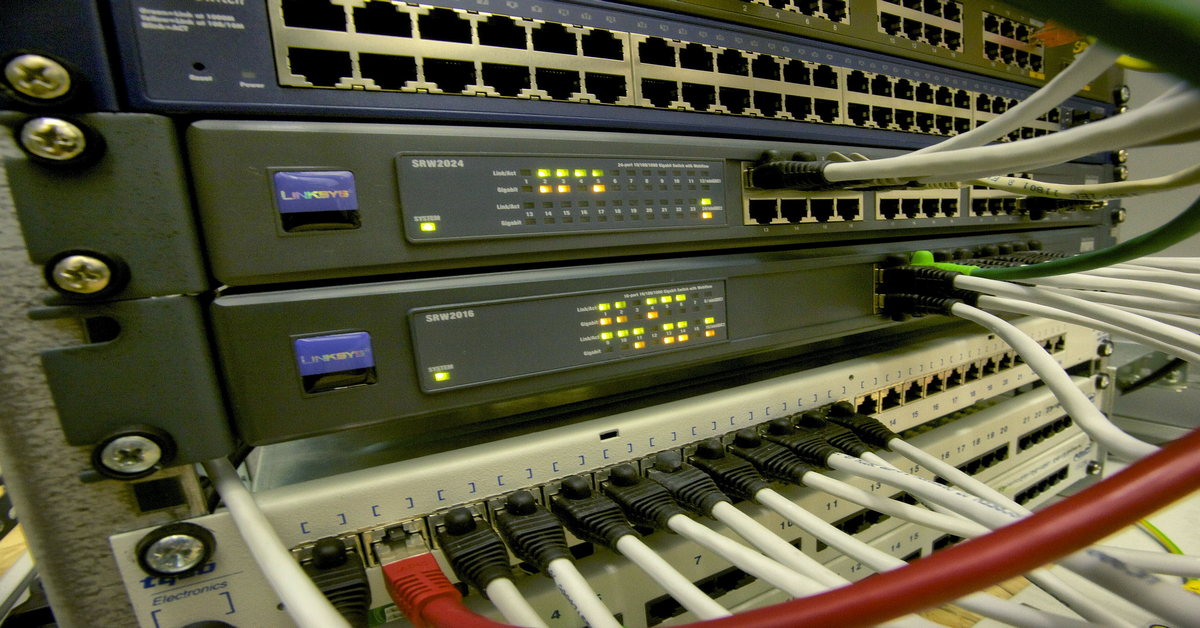As a CCNA and/or CCNP candidate, you have got to be able to spot situations where Cisco router characteristics can save your client money and effort. As an instance, if a spoke router has been currently calling a router and the cost charges in the mentioned website are higher than that of the router, acquiring the heart router hang initially and then telephone the router back can save the client money (and make you look great!)
A favorite method of doing this is using PPP callback, however it’s a fantastic idea to learn more than 1 way to do things at Cisco World, as we all know! A lesser-known but nevertheless effective system of callback is Caller ID Screening & Callback. However, we will need to know exactly what Caller ID Screening is at the very first location, before we look at the callback attribute!
This feature can be referred to simply as”Caller ID”, that can be a little misleading if you have never seen this service in performance before. Caller ID is a telephone service which shows the source telephone number of an incoming phone number. Caller ID Screening has a meaning that is different , though. Caller ID Screening to a Cisco router is another sort of password – the telephone numbers which are allowed to telephone the router are defined by that.
Source telephone numbers’ list is created together using the isdn caller command. Luckily for us, this control allows using x to define a number that is wildcard. The control isdn caller 555xxxx benefits in forecasts rejected in all other instances, and being accepted from any telephone number starting with 555. We’ll configure R2 send a ping from R1 to R2 and to do exactly that. Debug dialer is going to be run on R1 prior to sending the table to find the results of the Caller ID Screening. Ive edited this output, since the outcome you see here will be repeated fire occasions once.
R2(config-if)#isdn caller 555xxxx
R1#debug dialer
Dial on demand events debugging is on
R1#ping 172.12.12.2
Type escape sequence to abort.
Sending 5, 100-byte ICMP Echos to 172.12.12.2, timeout is 2 seconds:
03:30:25: BR0 DDR: Dialing cause ip (s=172.12.12.1, d=172.12.12.2)
03:30:25: BR0 DDR: Attempting.
Success rate is 0% (0/5)
R1 does not give any hints as to what the problem is to us, but we can understand that the pings aren’t going through. On R2, reveal dialer shows the amount of calls that were screened.
R2#show dialer
BRI0 – dialer type = ISDN
Dial String Successes Failures Last DNIS Last status
8358661 1 tsp 00:03:16 effective
7 incoming call(s) are screened.
0 incoming call(s) rejected for callback.
The callback option cited in the last line allows the router to reject a telephone call, then call that router back seconds later.
R2 will now be configured telephone R1 back, then to originally hang on R1 .
R2(config-if)#isdn caller 8358661 callback
R2 will be pinged by r1. The pings are not returned, but moments later R2 calls R1 back.
R1#ping 172.12.12.2
Success rate is 0% (0/5)
R1#
03:48:12: BRI0: wait for isdn carrier timeout, call id 0x8023
R1#
03:48:18: state, changed to up
R1#
03:48:18: BR0:1 DDR: dialer protocol up
R1#
03:48:19: percent LINEPROTO-5-UPDOWN: Line protocol on Interface BRI0:1, changed state to up
R1#
03:48:24: percent ISDN-6-CONNECT: Interface BRI0:1 is now connected to 8358662 R2
Display dialer on R2 shows the reason behind the telephone R1 is a callback return call.
R2#show dialer
BRI0 – dialer type = ISDN
Dial String Successes Failures Last DNIS Last status
8358661 3 0 00:00:48 effective
7 incoming call(s) are screened.
10 incoming call(s) rejected for callback.
BRI0:1 – dialer type = ISDN
Idle timer (120 secs), Fast idle timer (20 secs)
Wait for carrier (30 secs), Re-enable (15 secs)
Dialer state is data link layer up
Dial reason: Callback return call
Time until disconnect 71 secs
Connected to 8358661 (R1)
The downside to Caller ID Callback is the fact that not all telco switches encourage it, so in the event that you’ve got the choice between this and PPP Callback, you are likely better off using PPP Callback. But, it’s always a good idea to learn more than 1 way to get things done with Cisco!








Customer Reviews
Thanks for submitting your comment!